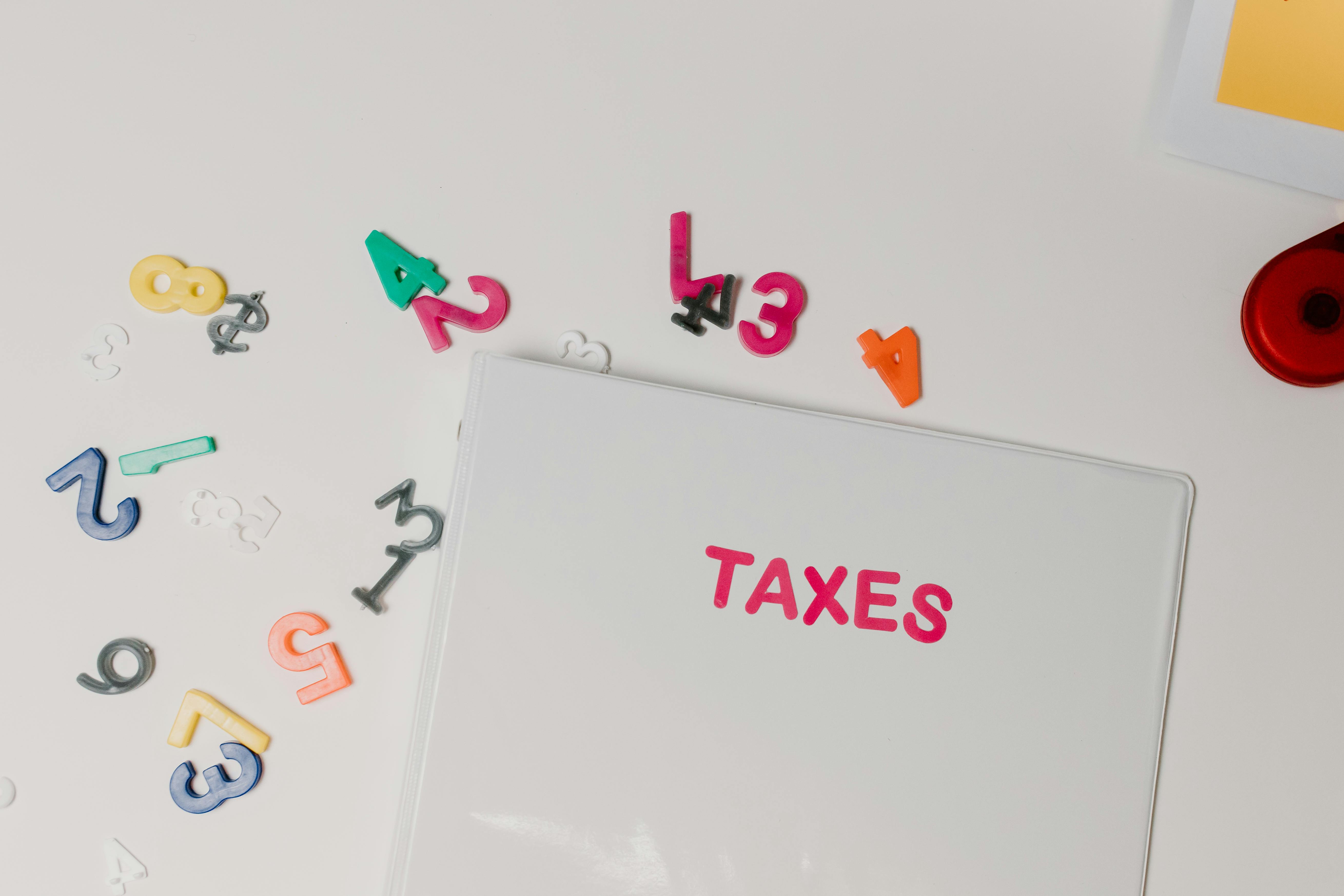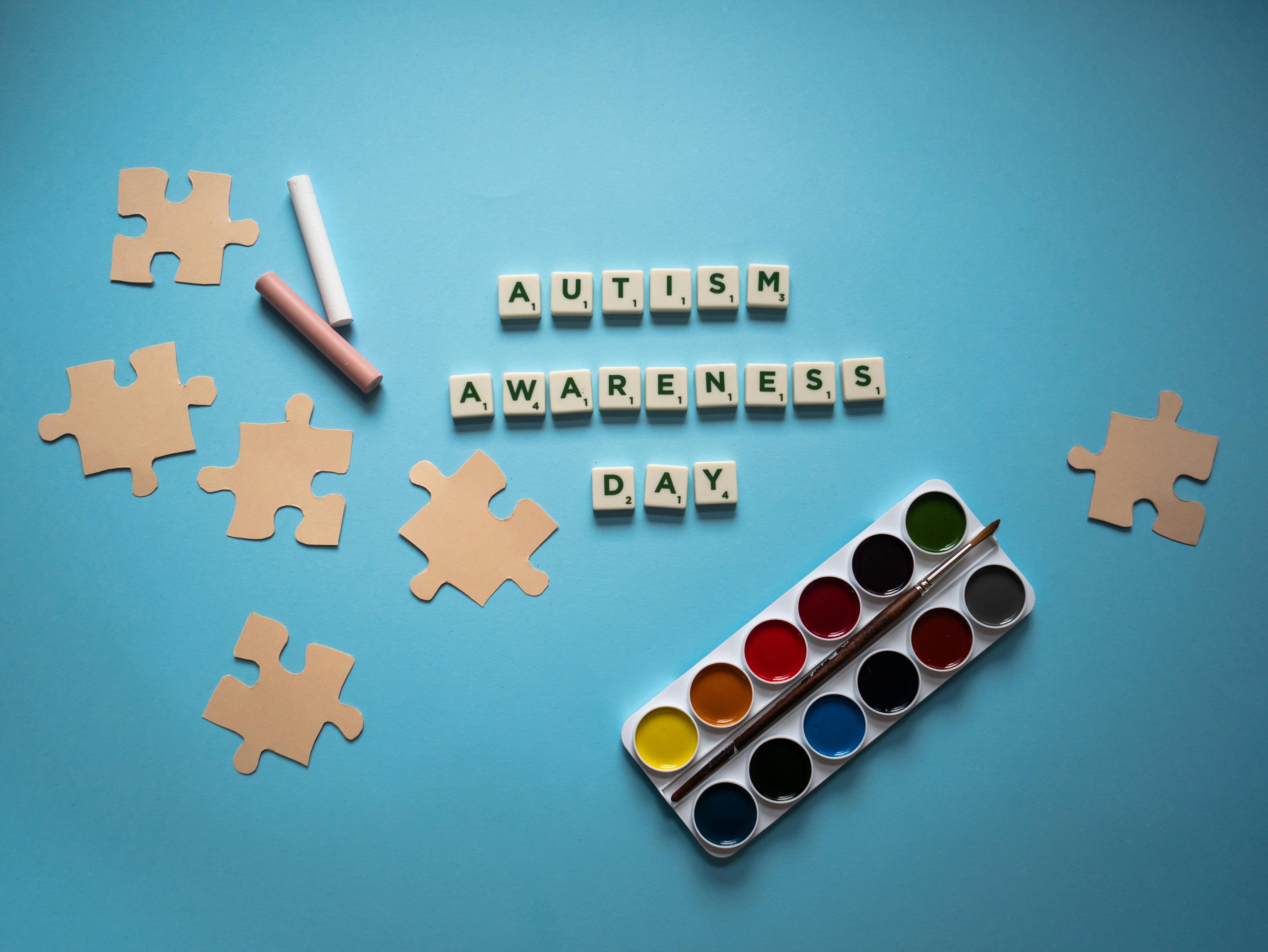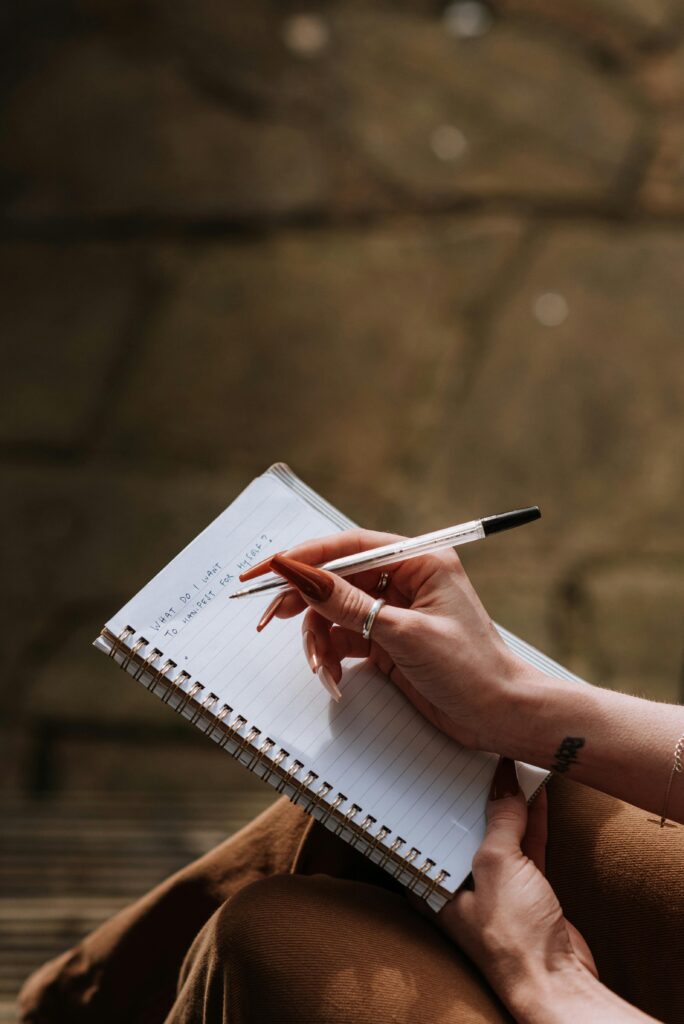Free Printable File Folder Activities for Special Education
In today’s inclusive classrooms, accessible tools like free printable file folder activities for special education are revolutionizing how students engage with learning materials. These creative and structured resources make it easier for educators and caregivers to deliver personalized learning experiences. This article explores everything you need to know—from basic principles to advanced strategies—to effectively use file folder activities in special education settings.

Understanding the Fundamentals
Free printable file folder activities for special education are hands-on, visually structured learning tools designed to reinforce core concepts through matching, sorting, sequencing, and categorizing. Their popularity has grown due to their adaptability and effectiveness in helping students with various learning needs succeed.
Historically, these materials evolved from tactile Montessori techniques and have become digital-friendly with printable templates, making them more accessible and customizable. They offer a multisensory learning experience that supports visual, auditory, and kinesthetic learners.
1.1 Why File Folder Activities Work
File folder activities are compact, easy-to-store tasks that allow repetition and mastery of specific skills. For instance, sorting animals by habitat or matching words to pictures helps reinforce essential academic and life skills. According to recent studies, students with autism spectrum disorder respond positively to structured, repeatable tasks that provide immediate feedback—exactly what these folders offer.
Real-world application includes morning routine folders, math sorting games, and community helper identification activities. A common misconception is that file folder activities are limited to preschool content, but they can be adapted for higher learning goals as well.
1.2 Tailoring for Individualized Learning
Unlike general worksheets, file folder tasks can be adapted to target specific goals in a student’s Individualized Education Plan (IEP). They stand out from other classroom tools because they combine visual supports with active engagement in a self-contained format.
Case examples include a student practicing sight words via color-coded matching games or another working on sequencing steps of a hygiene routine using illustrated cards. These folders provide structure and autonomy—two critical components in special education success.
Practical Implementation Guide
Now that you understand what makes file folder activities valuable, let’s look at how to put them into action. Whether you’re a teacher, parent, or therapist, these steps will guide you in implementing free printable file folder activities for special education effectively and efficiently.

2.1 Actionable Steps
- Choose Target Skills: Identify whether you want to focus on math, reading, communication, or life skills. Narrow it down to one goal at a time for clarity.
- Gather and Print Materials: Use online resources to download free printable file folder activities. Print them on cardstock for durability and laminate if possible.
- Assemble and Store: Attach the pieces inside a standard file folder using Velcro or glue. Label each folder by skill or student to stay organized.
2.2 Overcoming Challenges
While file folder activities are flexible, some common obstacles include:
- Time constraints for preparation — Batch printing and laminating weekly helps
- Student disinterest — Use themes that align with personal interests like animals or food
- Lost pieces — Store in resealable bags inside the folder or use labeled zip pouches
Expert tip: Introduce new activities during calm, focused periods and repeat them weekly. Monitor performance and make adjustments based on engagement levels.
Advanced Applications
Once foundational activities are well established, it’s time to move toward more complex uses. Advanced applications of free printable file folder activities for special education include data tracking, integration with digital apps, and collaborative learning experiences.

3.1 Gamified Learning Folders
Some educators use file folders to create board game-style activities where students earn points for correct answers. Case studies show increased motivation and participation in group settings. Performance metrics reveal higher retention rates when learning is combined with gamification techniques.
3.2 Integration with Augmented Tools
Advanced educators are pairing file folder games with speech devices, QR codes, or video prompts to increase interactivity. When synced with digital systems, these resources become even more engaging and allow for deeper progress tracking.
Compatibility considerations include using simple layouts that align with device interfaces and avoiding excessive complexity that may overwhelm students with processing delays.
Future Outlook
The next wave of innovation in special education involves artificial intelligence and personalized content creation. In the coming years, expect tools that auto-generate file folder activities based on a student’s IEP or performance data.
To prepare, educators should focus on mastering current formats, building a robust folder library, and staying informed about emerging tools in edtech. Adaptability will be key to leveraging the best resources for students.
Conclusion
In summary, free printable file folder activities for special education offer a powerful, versatile, and accessible way to enhance learning. Key takeaways include their visual and tactile advantages, ease of customization, and support for individual goals.
Start implementing them today by downloading ready-to-use templates, assembling a few folders, and observing the impact. These simple tools can bring transformative results. Stay ahead by embracing these tools and customizing them for each unique learner.
Frequently Asked Questions
- Q: What are file folder activities in special education? File folder activities are self-contained educational tasks that promote skills like matching, sorting, and sequencing through visuals and hands-on materials.
- Q: How do I get started with these activities? Begin by selecting a learning goal, downloading free printables, and assembling your first folder using basic craft materials like Velcro and glue.
- Q: How much time does it take to set up? Creating a single file folder activity can take 15–30 minutes depending on complexity and whether you laminate pieces.
- Q: Are these activities expensive? Not at all. Most resources are free online, and costs involve only printing and optional laminating.
- Q: How do file folder games compare to other tools? They offer more structure and repetition than open-ended games, making them ideal for skill building in special education.
- Q: Are these hard to make? With a basic printer, scissors, and Velcro, even beginners can easily prepare file folder activities at home or in the classroom.
- Q: Can I use them in occupational or speech therapy? Absolutely. Many therapists use these for communication boards, motor planning, and receptive language tasks.

